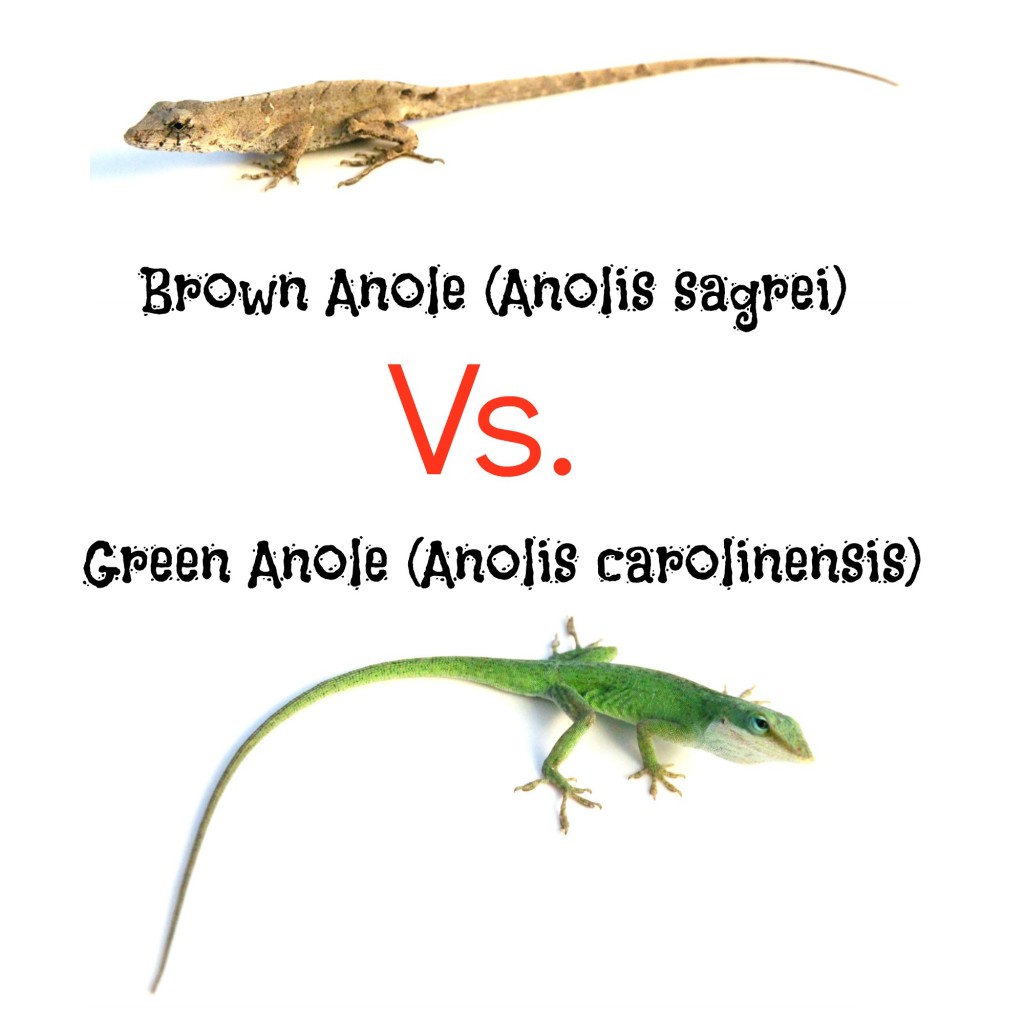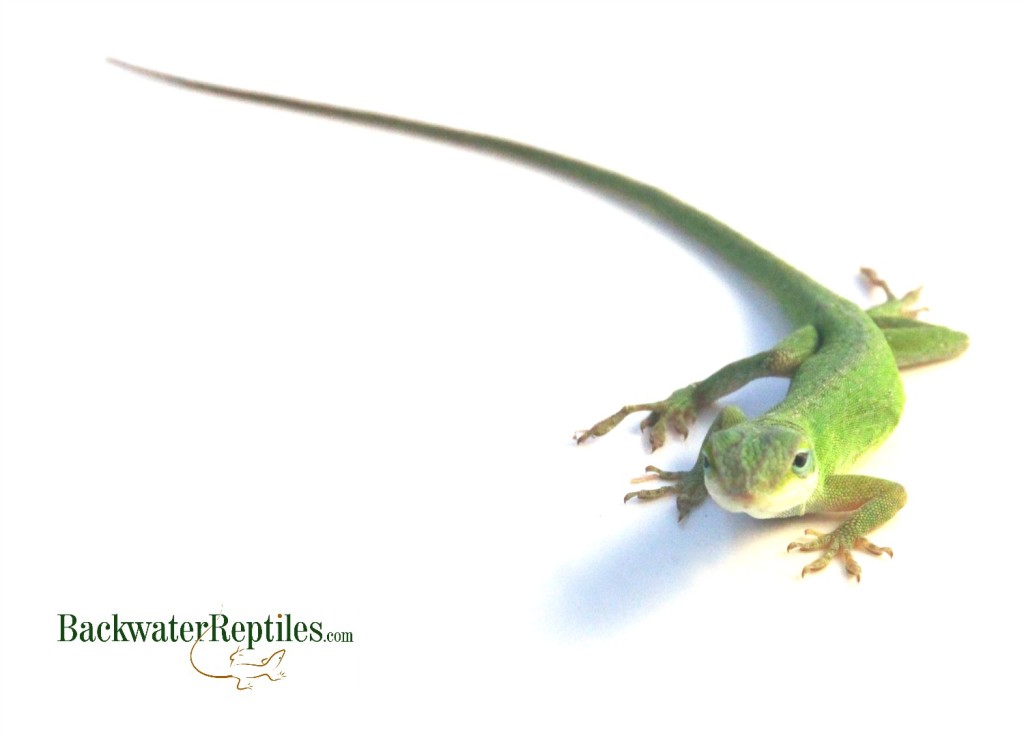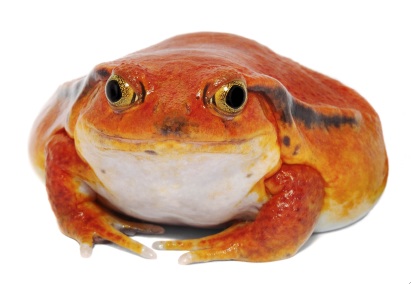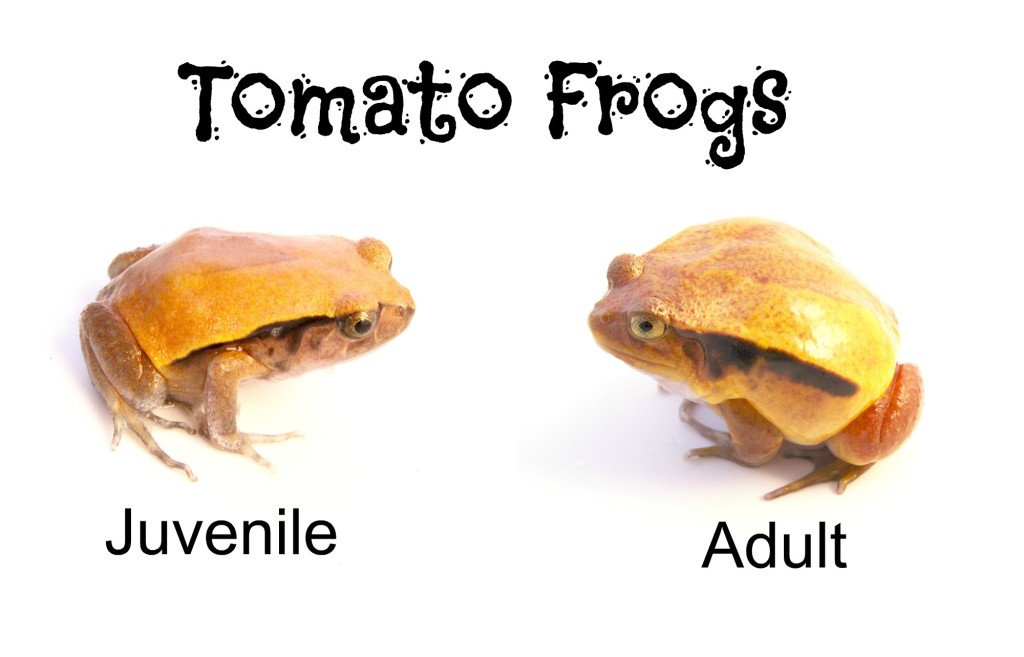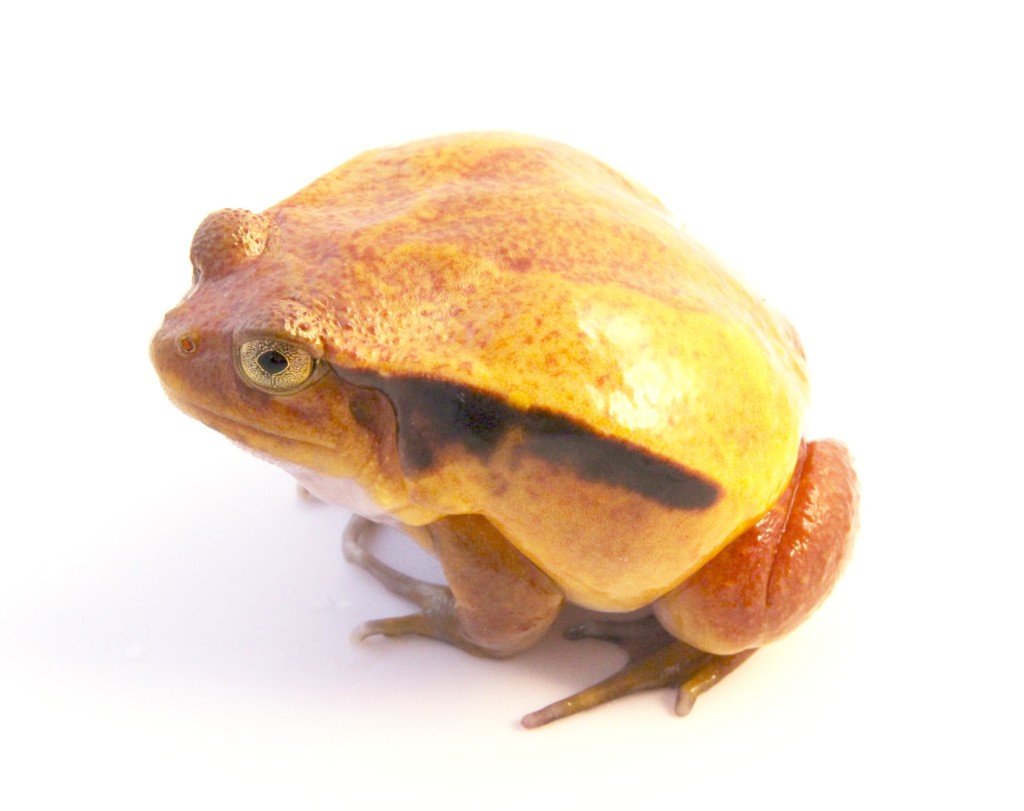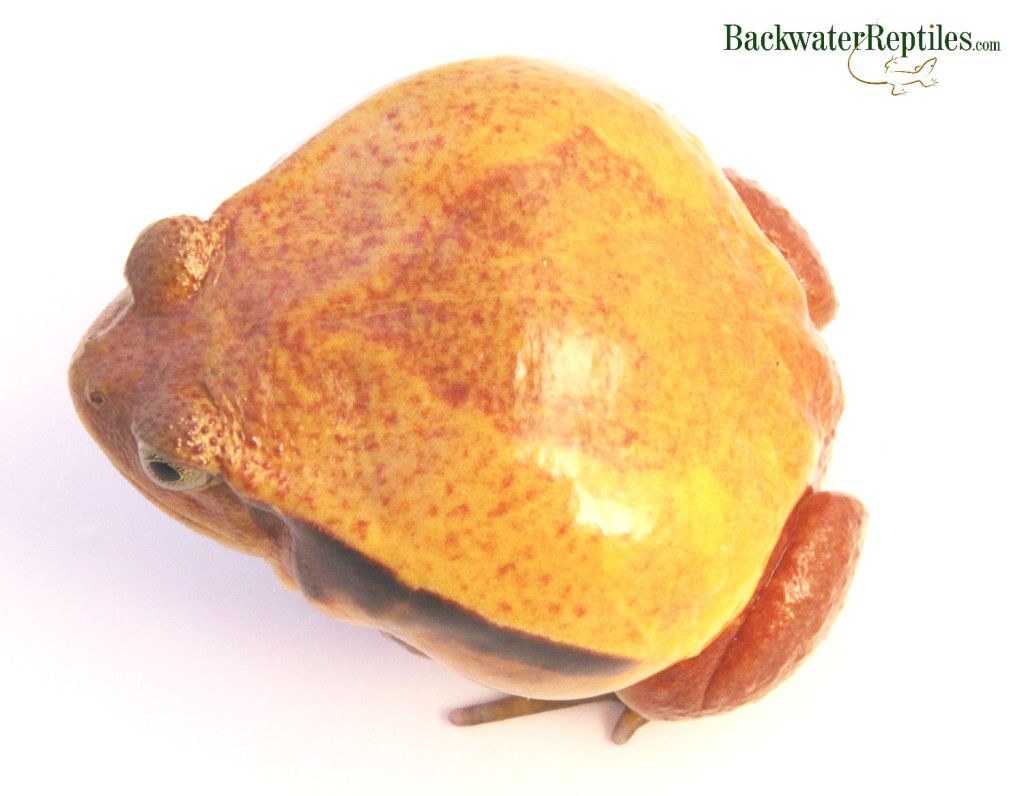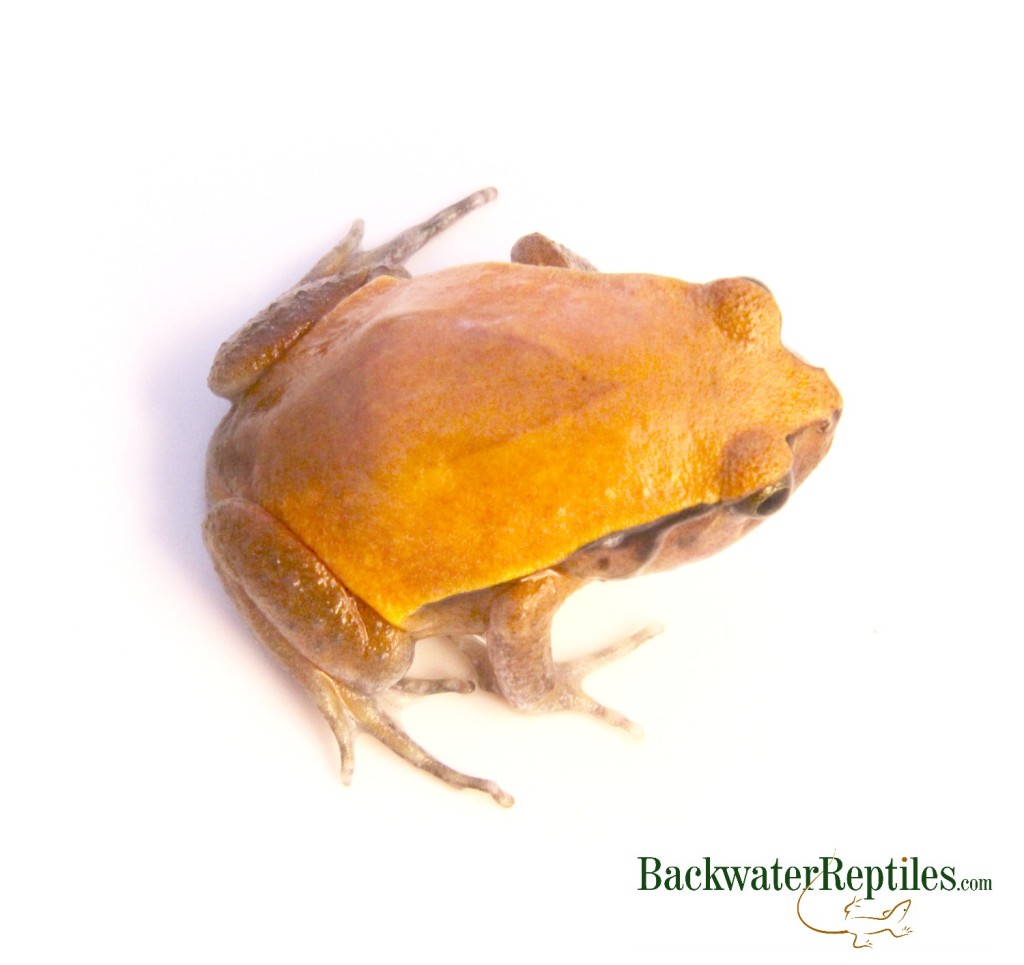If you’re wondering what the best pet snakes are for beginners, you’ve come to the right place. We’ve got decades of experience keeping and breeding reptiles of all sizes, and we’ve put together an easy-to-read list for you.
If you’re ready to add a snake to your family, or are buying one as a gift for someone else, but are unsure what species is most recommended, read on to find out which pet snakes we think are best for beginners.
4. Ball Python (Python regius)
Ball Pythons are the most popular pet pythons in the reptile world. They are bred to be available in many morphs ranging from the “normal” coloration to pure white. They are also very docile snakes that take to human handling well.

They’ll start out around ten inches in length and the females will max out at around three to five feet long. Males, on the other hand, will be slightly smaller at approximately three feet long. And they grow quickly!
We’ve put them at number four on our list because beginners will have to upgrade their python’s enclosure as it grows…or alternatively, start out with a cage that’s very large for the hatchling.
3. Boa Constrictor (Boa c. constrictor or Boa c. imperator)
There are actually two species of boa constrictor that are common in the reptile pet world. They look very similar, behave very similarly, and have nearly identical care requirements. In fact, we wrote a whole separate blog article about the differences between Columbian red-tail boas and Central American boas.

Both species of boa are great for beginners because of their easy-going temperaments and basic care requirements. Like all snakes, boas will eat mice – frozen/thawed being the preferred option. They will need a heat source and a light can be provided as well.

They will grow to be around five to seven feet in length, although sometimes they can be longer. This means that they can start out with a home as simple as a plastic shoebox when young, but will need to have a larger home with lots of horizontal space as they mature and grow.
2. King Snake (Lampropeltis g. californiae)
We recommend king snakes for beginners because they are so wide spread in the wild. This means that they are very hardy snakes with adaptable living requirements and will generally do very well in captivity. They can even thrive in areas that receive yearly snowfall.
King snakes can be purchased from reptile breeders in a multitude of colorful morphs. If you’re interested in exploring king snake morphs in more depth, we have written an entire article on the most popular kingsnake morphs. There is pretty much a morph for all aesthetic preferences.

King snakes will grow to be an average of three to four feet in length, although they can actually get over six feet long when fed well and given the space to grow.
Keep in mind that king snakes are rather “thin” snakes, unlike their bulkier python and boa cousins. This means that even though they might be the same length or longer than a boa or python, they will weigh significantly less and be easier to handle.
And the best pet snake for beginners is…
1. Corn Snake
The corn snake is our top snake for beginners because it’s a very well-rounded pet reptile. They come in a seemingly endless variety of morphs and color schemes (read our in-depth article on popular corn snake morphs), they’re well mannered and docile, they have simple care requirements, and are a hardy animal that will live a long life when provided with proper care.
Corn snake hatchlings begin life at approximately eight to twelve inches long and will be around the diameter of a pencil. They are fast little snakes, but have really calm demeanors and are generally not nippy towards their handlers/owners. Hatchlings don’t need fancy enclosures – a plastic shoe box with a heat source, water dish, and a hide space will suffice.
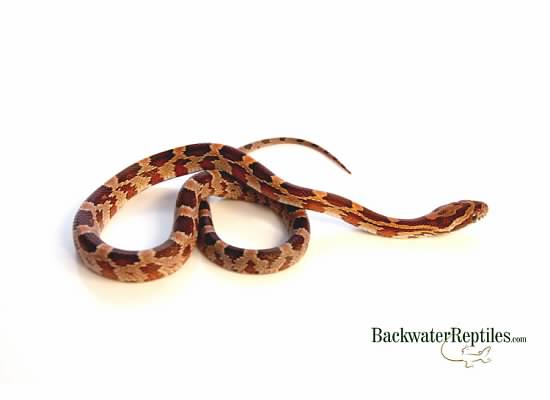
As corn snakes grow, they do become escape artists (this is actually true of almost any species of snake) and so you will need to get a bigger enclosure with a secure lid. Adults around four to five feet long should have at least a twenty gallon tank to slither around in.
Conclusion
We hope you learned something from our list of the best pet snakes for beginners. Backwater Reptiles would absolutely recommend any of these species to a first-time snake owner.
Backwater Reptiles offers all of these species of snakes for sale on our website, so check us out today!


